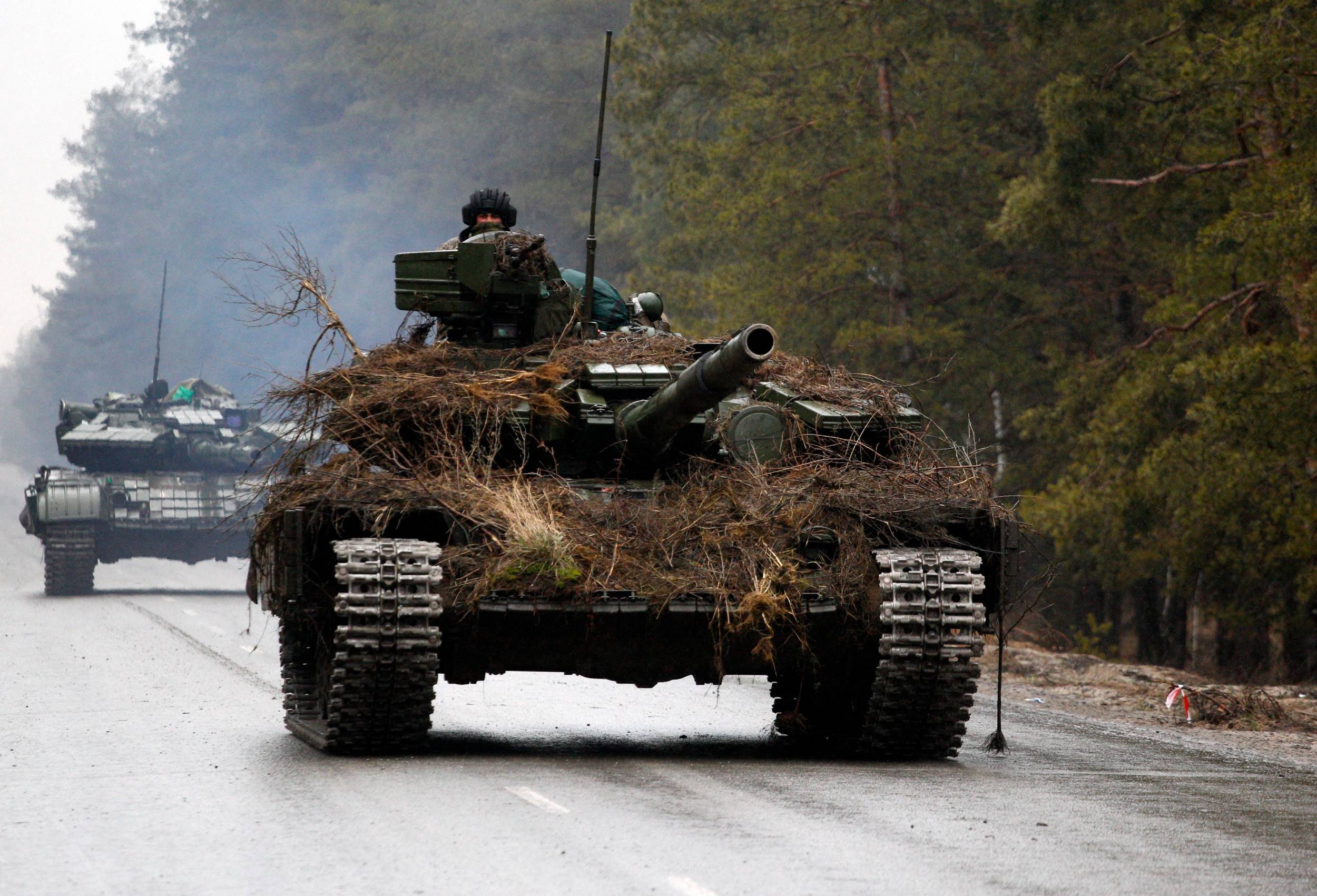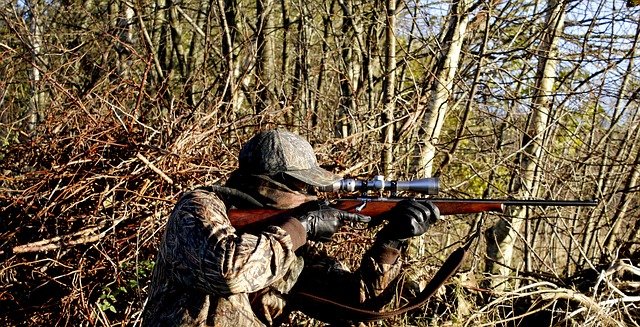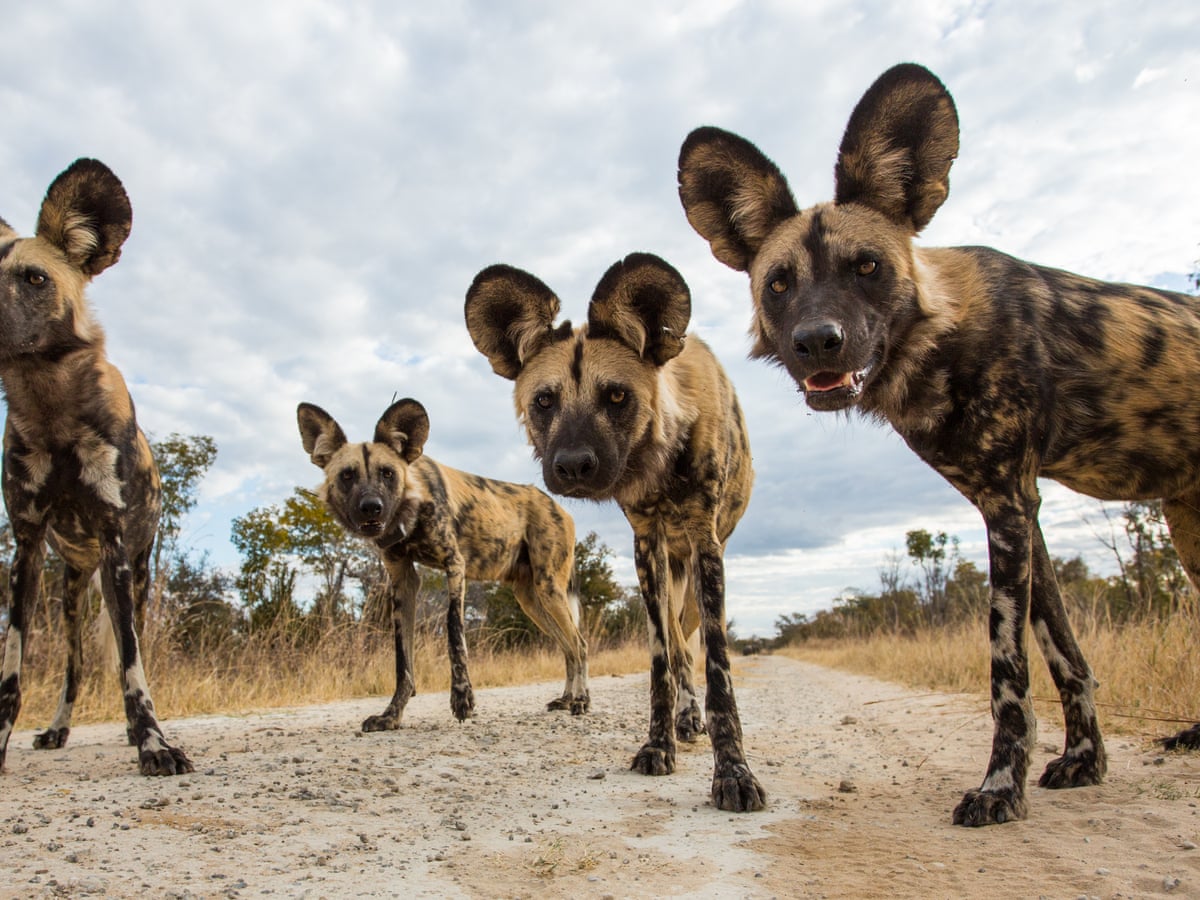
You may be interested in hunting on private land. Here are some ways to get permission. Here are some tips for successful hunting on private land. First, identify and follow the landowners' rules. Second, follow the landowner's rules and third, succeed. This article will assist you in all three of these steps. You should now be able to hunt on private land.
Hunting on private land requires permission
It is essential to contact the land manager or owner before you go out hunting on private property. You should contact them before you go on your hunt to ensure they have the time to reply. A small token of appreciation can be left for them. You should dress appropriately for the hunt. A clean appearance will make the landowner more likely to allow you to hunt on their land. Bring your children along if you have them, as they will be more likely to grant permission.
After contacting the landowner, offer to help out with work on their property. Offer to repair fences or pick up trash. Or even plant trees. Some hunters have secured permission to hunt on private land by doing tasks for ranchers such as watching cows. You may also offer to plant trees or pick rocks. They will be thankful for your assistance. If they decline your offer, get in touch with them. Be sure to respect their property boundaries.

Respect landowners' rules
You must respect the landowner's rules when hunting. You should always ask permission before setting out. Also, you must leave the area in a better condition than when you found it. Be sure to pick up any litter or debris that you may have left. You must also comply with any parking or driving restrictions. Be sure to leave contact information, including the number of your vehicle, with the landowner. Before you go hunting, make sure you are aware of the boundaries of the property.
While it may be tempting to go ahead and shoot a deer, it's always better to ask permission first. You could be fined or even sentenced for violating the rules of the landowner. This is why it's important to check with the landowner before going hunting. It's also a good idea if you introduce yourself to your landowner so they know you are a hunter.
Identifying parcels
Before you hunt private land, it is essential to identify the parcels. The Game and Fish Department gives you printable maps of both public and PLOTS lands. PLOTS Guide viewer displays electronically-posted lands in a dark orange crossedhatch. It is simple to identify individual posters' parcels. To identify the poster, right-click on a parcel and choose "Identify poster". This will display his name and other details.
Identifying parcels when hunting private land is essential for the hunter to know which private land is public and which is private. Access programs are often listed on the websites of state wildlife agencies. They also appear in printed guidesbooks, brochures, maps, or brochures. North Dakota Game and Fish also has maps that show private land. To ensure you don't cross the property line, you must identify the parcel and follow the rules.

Finding success
When hunting on private land, there are some key points to remember. It is important to identify the location of game. Although public lands tend to have lots of open land, most of it will still be heavily hunted. Although many public lands have lots of open land, aerial photos may not show it well. If the land has been hunted before, it might be difficult to locate any game. Private land is better.
Asking friends and colleagues about private hunting areas is a great way of finding it. People listen to their colleagues and friends' recommendations. So if they know someone who has land they would be willing to let them hunt on it, they are more likely to give it to you. Respect the landowner if you are offering to exchange land. You could offer to do yardwork or repair fences.
FAQ
Is it permissible to hunt bears here in Alaska?
Yes, hunting bears is legal in Alaska. To capture bears, some hunters use traps or snares. Other hunters use dogs to find bears.
The Alaska Board of Game regulates bear-hunting. Before hunting in the woods, hunters must have a bear tag.
Denali National Park Preserve has a lot of bear hunting. Tourists can even go on guided hunts to capture bears.
Which state has the largest number of deer-hunters?
Wyoming is the state with the highest number of deer hunters. It also sells the largest number of hunting licences each year.
South Dakota has the second most deer hunters. It is third for the total number of hunting licensaries sold each year.
New Hampshire is home to the most deer hunters. It ranks last in terms of the number per capita of hunting licences sold.
I don't know where to get a gun. Do I need one?
A gun is required by law to hunt certain species.
Most states require hunters to own a firearm. The type of firearm required depends on which game you want to hunt, and what state you live in.
A rifle, shotgun and handgun can be purchased at any sporting goods shop.
Choose a weapon that best suits your needs. A.22 caliber pistol is a good option if you're looking for small game hunting such as squirrels and rabbits.
If you plan to hunt large games like deer, elk, and bears, you might want to look into purchasing a larger caliber weapon.
Do not buy a weapon unless you feel comfortable handling it. Guns can be dangerous. It is a dangerous tool.
A qualified gunsmith should inspect any gun you are considering buying. Ask the seller how to load and unload the gun.
Check out the manufacturer's warranty. If no warranty is provided, ask the dealer to provide a guarantee.
Ask the dealer for a duplicate of their safety instructions. These documents should contain information about safe storage as well as maintenance.
The serial number should be checked. If it starts with "NIB" (or "New In Box"), the gun was made brand new.
If the serial number begins by an odd number, it means that the gun has previously been owned.
Contact the manufacturer if you're unsure if the gun was used. They will be able to provide more information about the gun's history.
Statistics
- Licenses dropped from a peak of roughly 17 million in the 1980s to 15 million in 2019, according to The Seattle Times. (stacker.com)
- In less than 20 years, Rhode Island saw a 40% drop in the number of hunting licenses for residents, according to The Valley Breeze. (stacker.com)
- - Percent of residents with paid hunting licenses: 0.7%- (stacker.com)
- Over the past 50 years, the number of hunting licenses in California has been on a rapid decline, falling 70% from more than 760,000 in the 1970s to under 268,000 in 2020—even as the state's population has skyrocketed, according to The Mercury News. (stacker.com)
External Links
How To
How to hunt wild Hogs
Large animals, wild hogs can be found across North America, Africa and Asia. Wild hogs feed on vegetation and small animals such a rabbits or mice, birds, insects, and fish. They usually feed at night. The gestation period is approximately six months. One piglet then emerges. A sow can give birth once every two years. Wild hogs can be solitary, but they may live in herds.
Wild boars average a weight of 200 pounds (90kg). Their head length ranges between 10-12 inches (20-25 cm) and 20-30 inches (30-50 cm) respectively. Wild pigs have short tails, long legs and broad shoulders. They have a thick layer under their skin of fat.
They have strong senses of smell, hearing and sight. These senses allow them to spot danger and locate food. They can run up to 35 miles per hour (56 km/h) and jump distances of up to 15 feet (4 m). They have sharp teeth. They are aggressive when defending themselves against predators.
Hunting wild hogs are difficult because they are fast, intelligent, and elusive. Hunting wild animals requires precision and careful stalking. If hunters shoot too early, the animal may escape. If hunters are too late, the animal might die before it reaches shelter.
Wild hogs can be killed using many hunting methods. The most common method of killing wild hogs is to shoot. This requires hunters hunting to find the animal, then waiting until it comes within range. Another option is trapping. The trapping method involves placing traps close to water sources that the hogs can drink. Traps often include a scent lure like corn meal mixed with peanut butter. After the trap is set, the hunter kills the trapped porc.
Snaring, another method, is also an option. To catch the pig, snaring uses a rope-covered noose. It is most effective if the pigs are caught in its mating period.
Other options include poisoning or spearing. For a pig to stop breathing, netting or spearing involves putting a net or spear around its neck. Poisoning involves injecting poison into the pig's body.
Hunters who wish to hunt wild hogs need to be prepared for the cold weather. For warmth, hunters may need to wear snowshoes in certain areas. Hunting dogs may be used to track animals.